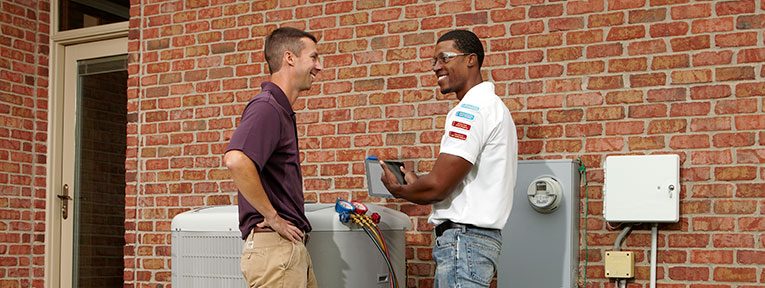
There is no question we live in a world that is becoming increasingly more aware and focused on energy savings and efficiency. Within the HVAC industry, this can be seen in an increased interest in those technologies that provide improved part-load efficiency to ultimately deliver tangible energy savings. As a result, the words “variable speed” seem to be the key buzz words and, at times, are very loosely applied.
This article attempts to explain three distinct references of the words “variable speed,” and why it is important to understand the context of this technology application. Many compressor manufactures have already launched variable speed products (or have plans to do so shortly) and this article should help frame your discussions in the best possible context.
So, what exactly is meant by the words “variable speed?”
It turns out that there may be three very relevant contexts as they apply to HVAC:
- The application of variable frequency drives (VFDs) on system return/supply fans
- The application of VFDs on fixed capacity compressors
- The application of VFDs with dedicated variable speed compressors
Let’s touch on each in greater detail…
- The application of variable frequency drives on system return/supply fans
This is likely the most widespread technology application that references the words variable speed. Many major system manufacturers already apply variable frequency drives as a standard practice to their return or supply fans in order to realize significant energy savings. Variable speed, in this context, means that OEMs can deliver greater end user benefit through the ability to match fan speed and therefore air volume to the corresponding load on the system. In fact, many independent retrofit businesses have cropped up in recent years that install VFDs in aftermarket applications based upon the merits of energy savings alone.
- The application of VFDs on fixed capacity compressors
Several compressor manufacturers allow the use of VFDs with a standard, fixed capacity compressor even though it wasn’t originally designed for this purpose. These compressors typically involve an AC induction motor qualified to operate within a narrow 45-65Hz frequency band. Recently, manufacturers have expanded this range to 35-75Hz that allows for greater turn down and over-speeding capability when used in conjunction with a VFD. This capability is only qualified for certain compressor models where adequate testing has been done to ensure proper lubrication of the motor and internal components for the highest possible reliability. Although this approach is not considered to be a pure form of the technology, the words “variable speed” are often used in this context.
- The application of VFDs with dedicated variable speed compressors
This can be considered a “true” variable speed technology application. In this case, compressors are specifically designed with an AC brushless permanent magnet motor (BPM) where the operating speed of the motor depends directly on the frequency applied. Unlike an induction motor that relies on magnetizing current, most of the current supplied to a BPM is consumed to generate torque and provide smooth uniform rotation even at low speeds. Each compressor is therefore paired, tuned, and optimized with a VFD, and in many cases, is agency approved as a package. Compressor protection and diagnostic features are built directly into the drive to ensure maximum reliability. Another distinguishing feature of true variable speed compressors is a positive displacement oil pump that is designed to provide adequate lubrication across a broad speed range. This technology application offers the greatest turn down capability for optimal part load efficiency under light load conditions and allows for over-speeding capability particularly useful for heating capacity.
As the need for greater efficiency and energy savings grows, so too will the application of variable speed technologies. Three very relevant examples exist today where variable speed plays a significant role. So the next time you hear the buzz words, “variable speed,” be sure to ask one more question to clarify the context.


